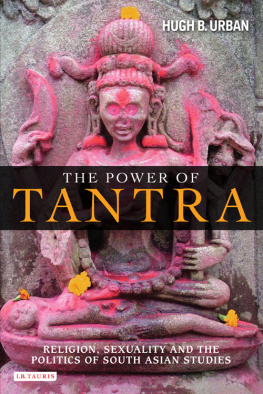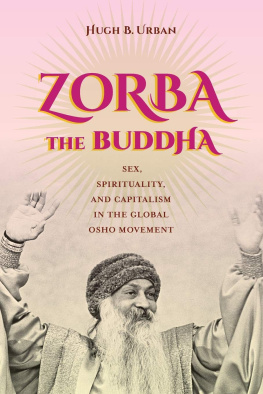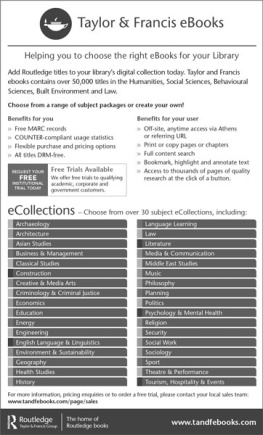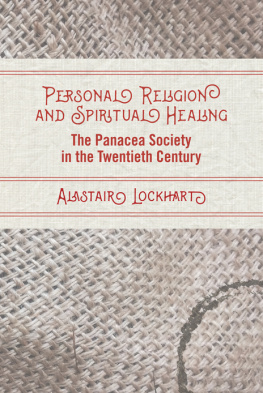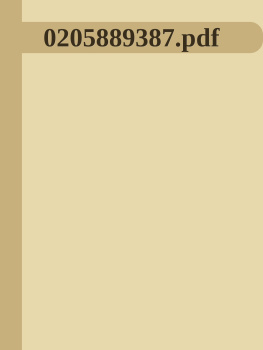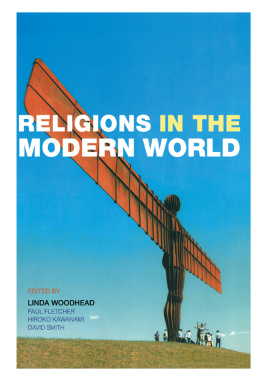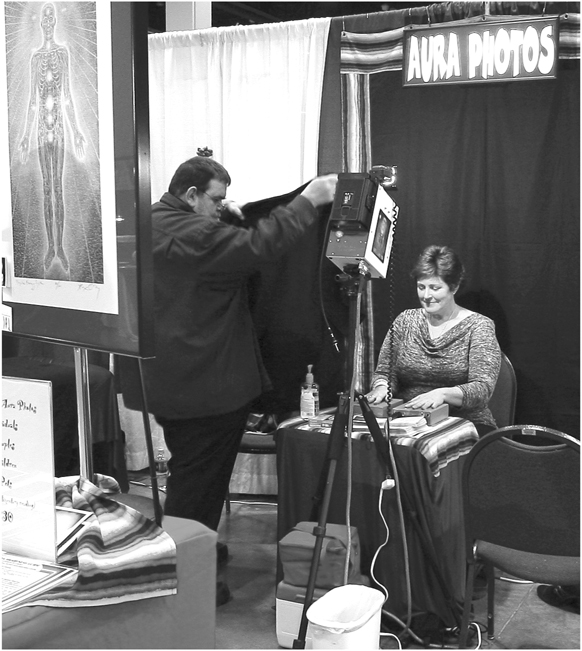Hugh B. Urban - New Age, Neopagan, and New Religious Movements: Alternative Spirituality in Contemporary America
Here you can read online Hugh B. Urban - New Age, Neopagan, and New Religious Movements: Alternative Spirituality in Contemporary America full text of the book (entire story) in english for free. Download pdf and epub, get meaning, cover and reviews about this ebook. year: 2015, publisher: University of California Press, genre: Religion. Description of the work, (preface) as well as reviews are available. Best literature library LitArk.com created for fans of good reading and offers a wide selection of genres:
Romance novel
Science fiction
Adventure
Detective
Science
History
Home and family
Prose
Art
Politics
Computer
Non-fiction
Religion
Business
Children
Humor
Choose a favorite category and find really read worthwhile books. Enjoy immersion in the world of imagination, feel the emotions of the characters or learn something new for yourself, make an fascinating discovery.
- Book:New Age, Neopagan, and New Religious Movements: Alternative Spirituality in Contemporary America
- Author:
- Publisher:University of California Press
- Genre:
- Year:2015
- Rating:4 / 5
- Favourites:Add to favourites
- Your mark:
New Age, Neopagan, and New Religious Movements: Alternative Spirituality in Contemporary America: summary, description and annotation
We offer to read an annotation, description, summary or preface (depends on what the author of the book "New Age, Neopagan, and New Religious Movements: Alternative Spirituality in Contemporary America" wrote himself). If you haven't found the necessary information about the book — write in the comments, we will try to find it.
New Age, Neopagan, and New Religious Movements is the most extensive study to date of modern American alternative spiritual currents. Hugh B. Urban covers a range of emerging religions from the mid-nineteenth century to the present, including the Nation of Islam, Mormonism, Scientology, ISKCON, Wicca, the Church of Satan, Peoples Temple, and the Branch Davidians. This essential text engages students by addressing major theoretical and methodological issues in the study of new religions and is organized to guide students in their learning. Each chapter focuses on one important issue involving a particular faith group, providing readers with examples that illustrate larger issues in the study of religion and American culture.
Urban addresses such questions as, Why has there been such a tremendous proliferation of new spiritual forms in the past 150 years, even as our society has become increasingly rational, scientific, technological, and secular? Why has the United States become the heartland for the explosion of new religious movements? How do we deal with complex legal debates, such as the use of peyote by the Native American Church or the practice of plural marriage by some Mormon communities? And how do we navigate issues of religious freedom and privacy in an age of religious violence, terrorism, and government surveillance?
Hugh B. Urban: author's other books
Who wrote New Age, Neopagan, and New Religious Movements: Alternative Spirituality in Contemporary America? Find out the surname, the name of the author of the book and a list of all author's works by series.


